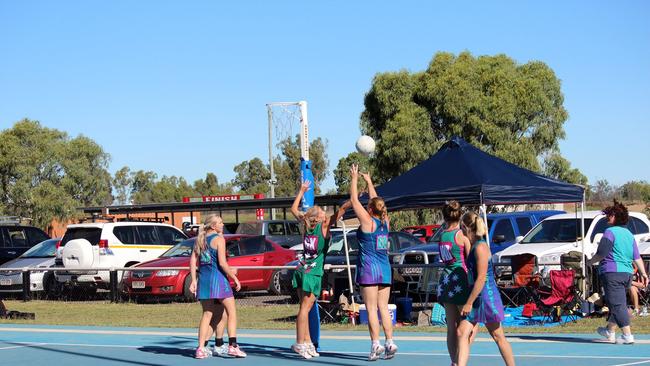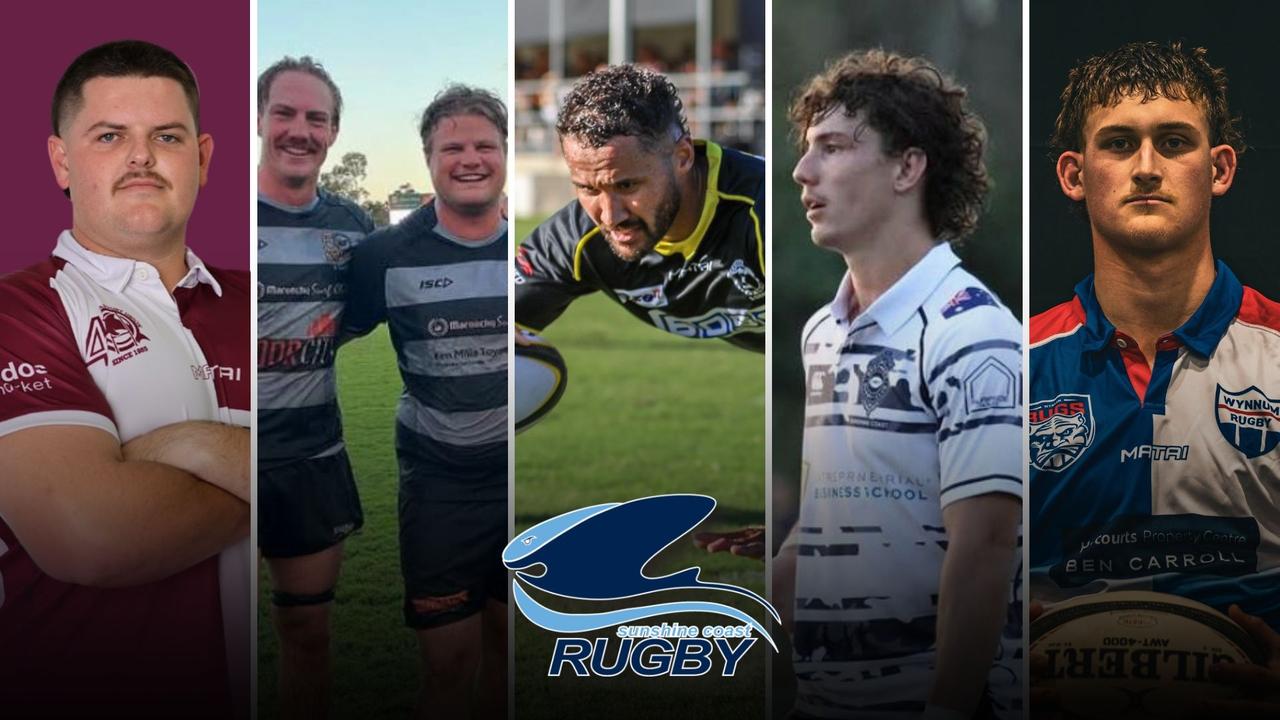Thousands of dollars needed for club to resume sport
Applications are open for government grants of up to $20,000 for sporting clubs to get their season back up and running after COVID-19

Sport
Don't miss out on the headlines from Sport. Followed categories will be added to My News.
JUNE 13 is the date that’s likely circled on the calendar for players and coaches with training for sports teams with up to 20 people allowed to resume, in line with strict coronavirus restrictions, including non-contact provisions.
To ensure that clubs can run COVID safe training sessions and seasons, applications opened today for clubs to apply for $50 million of sports funding to get clubs ready to operate under new COVID-19 restrictions.
Biloela Netball Association president Shari Hancox said that the club is planning to apply for a $2,000 grant in order to provide a safe environment for players, coaches and volunteers.
“We’ve identified a few gaps we would need to fill to make sure we are COVID compliment when we return to play,” Mrs Hancox said.
“That includes sanitation stations and also additional equipment so there isn’t sharing of resources.
“The goal is to be back on court in the middle of July to commence the season in week one of Term 3.”
Premier Annastacia Palaszczuk said the $50m would be given as grants to help clubs get ready for the “new normal”.
“That includes $2,000 funding grants for up to 7,000 clubs statewide to buy their cleaning equipment and other essentials,” she said.
“So, as we carefully start to resume training, sanitising balls, racquets and facilities before and after use is an absolute must to keep everyone and our communities safe.”
“It gives them time to get their COVID-safe plans in place and so that parents are aware and children as well.”
Hancox said that the $2,000 would be a good start in setting up a COVID safe season for everyone.
“The funding only opened today and I haven’t being able to access the guidelines but we hope it will allow extra cleaning so we can have a cleaner to keep on top of the amenities rather than volunteers,” Hancox said.
“Parents will need to adhere with polices regarding pick up and drop offs.
“Volunteers with cleaning of balls each quarter and monitoring social distancing between players.
“And players needing to sanitise.”
There are also grants of $5000-20,000 to replace money lost due to a lack of recent fundraising, which has been significantly reduced by COVID-19 restrictions.
The $5000-$20,000 grants were only available to 3000 of the state’s 7000 clubs via an application process and the money could be used for essential maintenance or infrastructure upgrades.
Hancox said that on June 1 the association will receive specific directives from Netball Queensland with the policies and procedures needed to incorporate this season.
“We will wait for that explicit direction, so we know where to go with our coaching,” Hancox said.
“I think we will get to do good things around creative coaching.
“Some of the sharing of equipment we will need clarity on by Netball Queensland.
“Our coaches are good at being creative and we’ve seen as we’ve been waiting for the season to start coaches have been doing things online and home programs with our athletes.”
Vouchers of $150 will be available for families who can prove the pandemic financial hit, as sporting clubs prepare to return to training and play from June 13 onwards.
Sport Minister Mick Di Brenni said many families would struggle to re-enrol their kids into much-loved weekend activities.
“This is about making sure that 73,000 households in Queensland that are doing it tough are going to be able to afford to play sport,” he said.
“Kids have been through a lot in 2020. This has been a really tough time for them.
“And giving them the opportunity to get back out on the sporting field, with their friends, is extremely important.”
Before clubs can return to play in stage three, they will need to develop COVID-safe plans, which will include the sterilisation of equipment, the use of sanitisation stations, the reduction of spectators, and social distancing on the sidelines through the use of physical barriers in high-population areas.


